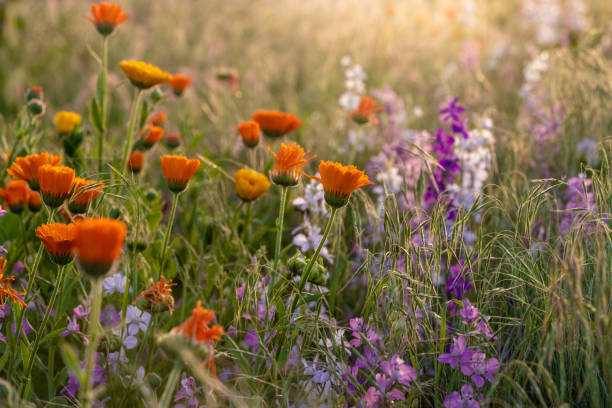Step By Step Guide To The Planting Of Seeds

The song's lyrics say, "from little things big things develop". This is true
for all things in life but doubly true in the garden. If you're looking to
create the most magnificent, large-scale garden, knowing how to plant your own
garden by starting seeds can help you save cash in the end. Start by purchasing
seeds and, if you wish to save money, you can save and swap seeds to maintain
the garden at a very low cost.
For beginners, it's a good idea to start with something simple that can
germinate quickly and easily. Vegetables like rocket, peas and leeks are very
reliable and quick. Sweet peas are decorative. Winter and spring bring fragrant
flowers that smell sweet.
It is more beneficial to plant seeds in containers rather than directly in
the soil. Since it makes it easier to control the conditions, a container is
better. There are even biodegradable plant pots that can be planted straight
into the ground once the coleus seeds been sprouting.
If you're not patient and prefer to scatter seeds around the garden or direct
plant them in your vegetable garden, choose large seeds such as sweet peas,
broad beans, and sweet peas.
Step-by-Step Guide to Growing plants from seed
Make sure you have a Tray or Seedling Pot.
Grow seeds in punnets, seed trays, small pots and eggs in egg cartons. Whatever container you select, make sure that the base has drainage holes.
Containers that are shallow are ideal for raising seeds.
Reused punnets or pots must be clean and sterilized. Make use of
disinfectants to clean them. You will get additionalinformation on seeds by
visiting Kong
coleus website.
You can buy or create your own seed-raising mix
To keep from spreading infection To prevent the spread of disease, fill the
pots up with seed-raising mix bought from the store. The purchased seed raising
mix is suitable for growing seeds and is sterile.
Vermiculite, perlite and a homemade mixture of coir peat & propagating
sand are a few other items you can utilize. Don't use garden soil in
pots.
Place the seedling tray in the Pots
Fill the container with clean water with the mix, press it down to sow seeds
and lightly cover with seed-raising mix.
In general larger seeds are planted deeper than smaller and fine ivy geranium
seeds.
The seed packet is packed with information about sowing depth, time of sowing
and the amount of time required to see the first shoots begin to emerge.
Watering seedlings
The mix for seed-raising is meant to be kept moist but not too dry. As you
wait for the seeds to germinate, keep them warm by putting them in a glasshouse
constructed out of a glass or foam container. A few seedling trays include lids
made of plastic that could be used to protect the seeds. If you are in a pinch,
you can cover your pots with plastic wrap and a tupperware cap.
It should be kept away from direct sunlight.
How to Tackle Overcrowded Seedlings
If you've sown a lot of ivy geranium seeds and the plants all grow, gently
thin them out leaving only the strongest seedlings growing. This should be done
while the seedlings are still quite tiny.
While it might seem like an unnecessary waste, overcrowding could lead to
fungal diseases like damping off. What happens if you allow the seedlings that
are overcrowded to grow is that your entire crop could be destroyed.
The planting of seedlings is a good idea in the Garden
Once they have grown into a size that they can be handled, you may plant them
in a an area that is prepared for them or place them in a larger pot filled with
potting mix.
When you transplant seedlings, make sure to water them with a seaweed solution to lessen the shock of transplants and promote root growth.
Comments
Post a Comment